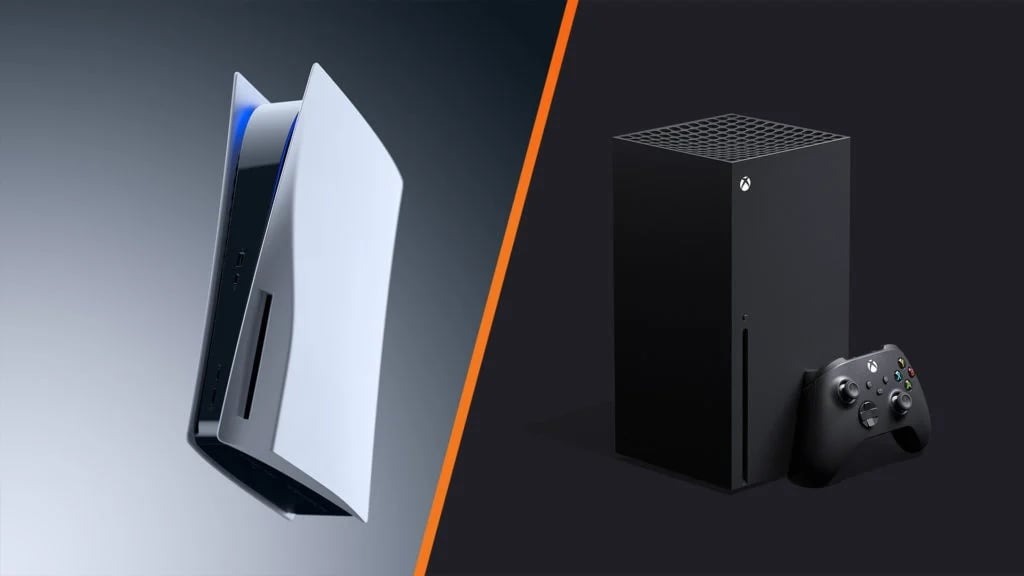In the United States, sales of PS5 consoles are ahead of PS4, while sales of Xbox Series consoles are lagging behind the Xbox One.
This information comes from Matt Piscatera, executive director and video game industry analyst at Circana (formerly NPD Group), who summarizes the latest U.S. sales data.

In the company's latest monthly sales report released this week, Piscatera noted that the PS5 currently leads the PS4 at the same stage in the life cycle of the two consoles.
On the other hand, Xbox Series consoles lag behind Xbox One, and Xbox One itself lags behind PS4, highlighting the widening gap between these consoles.
Piscatera wrote in a post on the Bluesky platform: "In the US market, the 50th month after the two consoles were launched (the cumulative data of Xbox Series and PS5 as of December 2024), the cumulative of PS5Sales are 7% faster than the PS4's sales in the same period, while the Xbox Series is 18% behind the Xbox One."
“As of 38 months into the U.S. market (as of December 2023), the PS5 led the PS4 by 6%, while the Xbox Series lagged the Xbox One by 13%.
In August, Sony reported that 61 million units had been sold for the PS5.Although Microsoft did not release hardware sales data, a Wall Street Journal report in September said that Xbox Series consoles sold about half of the PS5 at that time.
Piscatera released a news report that video game hardware spending fell 29% in December to $1.1 billion.
“Spends for PS5 hardware fell 18% compared to December 2023, while Xbox Series and NS fell 38% each. Annual spending for video game hardware was 25% lower than in 2023, at $4.9 billion.”
Piscatera believes that NS's entry into the end of its life cycle is one of the factors that lead to the decline in hardware sales.Nintendo will launch its next-generation console this year, NS2.
Circana data also shows that U.S. spending on video games in 2024 fell 1.1% compared with 2023.
This is mainly due to a 25% decline in video game hardware spending, while sales of game content (software, DLC and subscription services) and accessories increased by 2% and 6% respectively.














